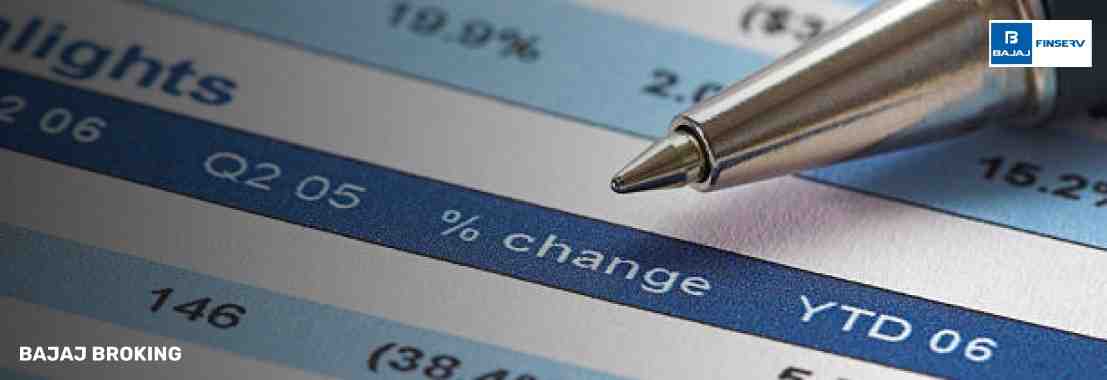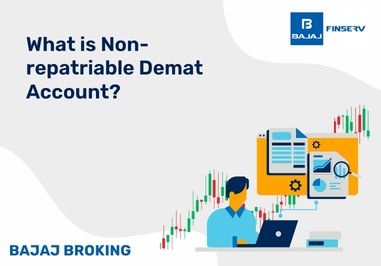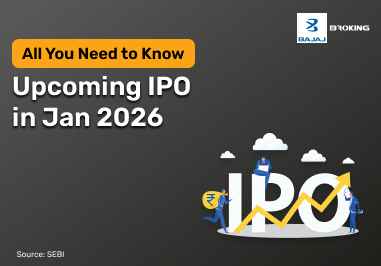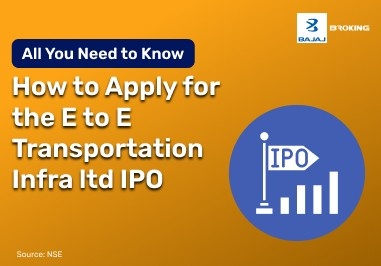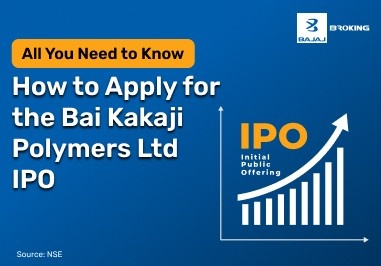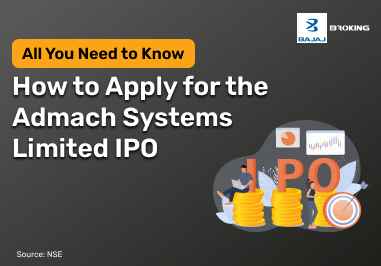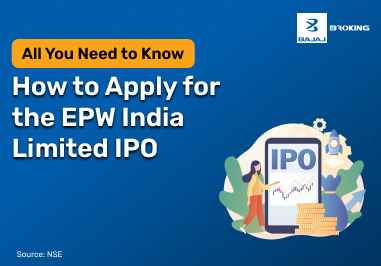For a period, Sovereign Gold Bonds (SGBs) were a common choice for individuals looking to include gold in their investment portfolios. These government-backed securities offered a way to invest in gold without holding it physically, along with an interest component. However, with the recent Budget 2025, there has been a change in their availability. The government has indicated that no new SGBs will be issued. This development means that individuals who previously considered SGBs for their gold investment now need to evaluate alternative avenues.
The discontinuation of fresh SGB issues stems from the government's approach to managing its debt. While SGBs provided benefits to investors, they also represented a borrowing cost for the government. Over time, particularly with gold price increases, the payout on maturing SGBs became substantial. For example, the first batch of SGBs issued in 2015 matured in 2023, and the government had to redeem them at significantly higher gold prices than their issue price, along with the accrued interest. This made the scheme an expensive borrowing instrument for the government.
The Union government is currently focusing on measures to reduce its debt-to-GDP ratio. Since SGBs contribute to the government’s overall debt, discontinuing new issues is a step in this direction. This move also aligns with a broader shift in policy, as indicated by a reduction in gold import duties, which signals that the government may be addressing gold-related issues through different strategies. Consequently, investors who previously relied on SGBs are now reviewing other options available in the market for gold investment.
Making educated selections requires an understanding of the different options. Options that accommodate varying preferences for cost, storage, and liquidity are available in the gold investing environment. Regarding how it analyses gold prices, related costs, and tax ramifications, each option has unique features. In the absence of new SGB difficulties, a review of these choices can assist people in choosing a path that is appropriate for their gold investing goals.
Alternative of Sovereign Gold Bonds
With the cessation of new Sovereign Gold Bond (SGB) issues, individuals seeking to invest in gold now have to consider other instruments. Several alternatives exist, each with a distinct structure and set of considerations. These options provide different ways to gain exposure to gold prices without necessarily holding physical gold.
One direct alternative is physical gold. This involves purchasing gold in forms such as coins, bars, or jewellery. This method offers tangible ownership of the metal. However, it also comes with considerations such as storage costs, the risk of theft, and concerns about purity and making charges, particularly with jewellery.
Another common alternative is Gold Exchange Traded Funds (ETFs). These are financial instruments that trade on stock exchanges, and their value is linked to the price of physical gold. Gold ETFs are held in dematerialised form, removing the need for physical storage. They offer liquidity, as they can be bought and sold during market hours.
Gold Mutual Funds represent another option. These funds primarily invest in Gold ETFs or in companies involved in gold mining and refining. They provide a route for systematic investment through SIPs and offer diversification. The performance of gold mutual funds is linked to the underlying gold assets they hold, but they also incur expense ratios.
Digital Gold is an emerging alternative. This allows individuals to buy and sell gold online in small denominations. The gold purchased is typically stored in insured vaults by the platform provider. This option offers convenience and eliminates storage concerns, similar to Gold ETFs.
Each of these alternatives presents a different approach to gold investment. The choice among them may depend on an individual's preference for physical possession, liquidity needs, cost considerations, and investment horizon.
Gold ETFs
Gold Exchange Traded Funds (ETFs) are financial instruments that allow individuals to invest in gold without holding the physical metal. These funds are structured to track the domestic price of gold. When you invest in a Gold ETF, you are purchasing units that represent a specific quantity of physical gold, which is typically held by a custodian.
One of the characteristics of Gold ETFs is their tradability on stock exchanges. This means they can be bought and sold throughout the trading day, similar to equity shares. This aspect provides liquidity, allowing investors to enter or exit their positions with relative ease during market hours. The pricing of Gold ETFs generally moves in tandem with the spot price of gold, offering a transparent valuation.
Certain worries about physical gold are eliminated when investing in gold exchange-traded funds (ETFs). Physical storage is not required, hence there are no storage expenses or theft risks. Furthermore, as the underlying gold held by the fund is usually of a high calibre, worries regarding the purity of gold—which can be problematic with physical purchases—are usually absent from Gold ETFs.
However, Gold ETFs also have their own considerations. They incur an expense ratio, which is a small annual fee charged by the fund house for managing the fund. This expense ratio can slightly impact the overall returns over time. While Gold ETFs track the price of gold, their returns do not include any interest component, unlike the now discontinued SGBs. Also, to invest in Gold ETFs, a demat account and a trading account are necessary.
Gold Mutual Funds
Gold Mutual Funds provide another avenue for investing in gold indirectly. These funds collect money from multiple investors and then invest that pool of capital primarily into gold-related assets. The most common underlying assets for gold mutual funds are Gold Exchange Traded Funds (ETFs). Some gold mutual funds may also invest in the stocks of companies involved in gold mining, refining, or distribution, thereby adding an equity market exposure to the fund.
The option to invest through Systematic Investment Plans (SIPs) is one of the characteristics of gold mutual funds. This enables people to consistently invest a set sum, which can aid in gradually averaging the purchase price. Long-term wealth accumulation plans may benefit from this strategy.
Gold mutual funds can frequently be bought straight from fund houses or mutual fund distributors, in contrast to direct investing in Gold ETFs, which necessitate a demat account and trading through a stockbroker. Because of this, investors who might not have or would rather not utilise a demat account for gold assets may be able to access them.
However, gold mutual funds also come with certain considerations. They typically have an expense ratio, which is charged annually for fund management. This expense ratio can be higher than that of Gold ETFs, as mutual funds often involve more active management or a diversified portfolio of gold-related assets. The performance of gold mutual funds is linked to the price movements of their underlying gold assets and, if applicable, the performance of the gold mining companies they invest in. This means their returns are subject to market fluctuations and do not include a fixed interest component.
Conclusion
The shift in the availability of Sovereign Gold Bonds in Budget 2025 means that individuals seeking to invest in gold now have to re-evaluate their strategies. The gold investment landscape offers multiple alternatives, each with its own structure and implications. Whether it is physical gold, Gold ETFs, gold mutual funds, or digital gold, each option presents a different set of characteristics regarding ownership, liquidity, costs, and tax treatment. Understanding these aspects is important for making decisions that align with individual investment goals and preferences. This requires a careful assessment of how each option performs in various market conditions and what it entails in terms of management and access.
Disclaimer: This article provides general information for awareness purposes. It does not offer financial advice. Investment decisions should be based on individual financial assessment and consultation with a qualified financial advisor.
